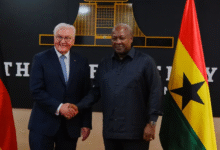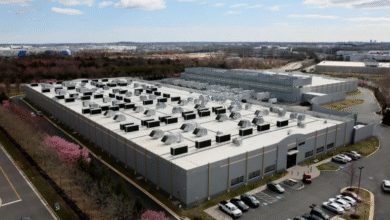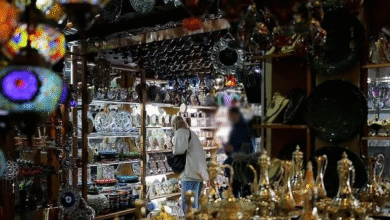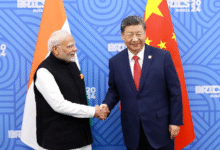Syria’s Ban on Used Car Imports Sparks Widespread Economic and Public Debate
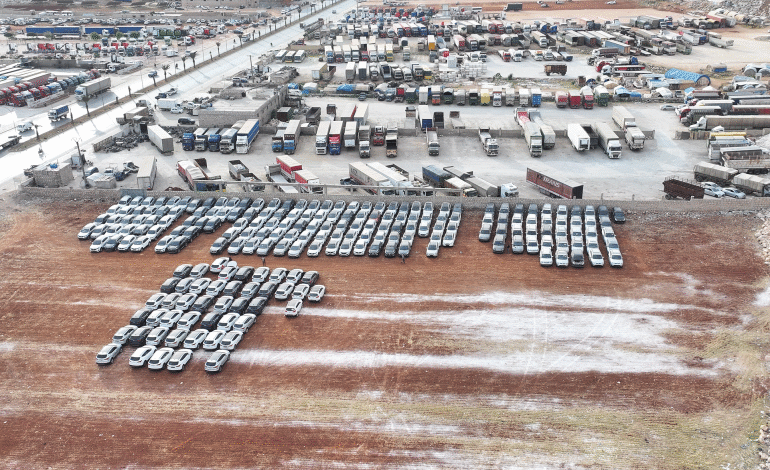
In a move that has stirred significant controversy across economic and public circles, Syria’s Ministry of Economy and Foreign Trade has issued a decision to halt the import of used cars, effective immediately. The decision includes limited exceptions, such as tractor heads, trucks, construction machinery, and agricultural tractors—provided they are no more than 10 years old (excluding the year of manufacture). Passenger buses with 32 seats or more are also exempted if they are no more than 4 years old. Additionally, the decision bans the import of new cars older than two years, excluding the year of production.
A Government Push to Reduce Import Costs and Protect Foreign Reserves
The government appears to be aiming to reduce the country’s import bill and curb the depletion of foreign currency reserves in a broader attempt to address the trade deficit and redirect resources toward productive sectors.
However, the move has raised serious concerns about its impact on the local market, especially in the absence of a domestic automotive industry capable of bridging the supply gap left by the halted imports.
Price Hikes and Rising Burdens
The immediate result of the ban has been a sharp rise in the prices of used cars in the local market due to reduced supply, placing an added financial burden on citizens—particularly low-income groups who rely on used cars as a more affordable transportation option.
There are growing fears that the decision could drive smuggling and black-market activity, potentially undermining the government’s economic and regulatory objectives.
Government Justifications: Market Regulation and Resource Management
Speaking to Al Jazeera Net, Qassem Kamel, Director of Government Communications at the Ministry of Economy, explained that the decision was prompted by market imbalances caused by the influx of large numbers of used cars from northern Syria—areas previously exempt from taxes and customs duties. This, he said, put pressure on infrastructure and introduced substandard vehicles lacking safety regulations.
He emphasized that the ban is part of a broader economic vision aimed at import rationalization and efficient use of foreign currency, while also preventing the unregulated entry of low-quality vehicles.
Kamel clarified that the decision does not affect vehicles already registered, nor does it prohibit legal sales or registration. Shipments contracted before the decision will still be allowed to enter, provided they are officially recorded with customs.
He also noted that low-income buyers often end up purchasing poor-quality cars that later result in costly repairs due to the absence of warranties or technical oversight. He admitted that current inspection mechanisms are inadequate, prompting the ministry to implement an immediate halt while more effective regulatory tools are developed.
Kamel concluded by assuring that the ministry is closely monitoring the decision’s impact and remains open to reviewing its policies in a way that balances national economic interests with consumer needs.
Expert View: Sound Policy, Poor Execution
Economist Firas Shaabo believes that, in principle, the decision has a rational economic basis—particularly given that the car sector consumed around $2 billion in just six months, nearly two-thirds of Syria’s 2023 national budget of $3.5 billion.
However, he criticized the abrupt implementation, which limited import allowances to nearly brand-new vehicles, driving prices beyond the reach of most citizens. He noted that cars compliant with the new rules now cost between $20,000 and $25,000, a price tag unaffordable for the average Syrian.
Shaabo argued that the issue lies not only in imports but also in the lack of clear inspection standards for imported vehicles. He called for a specialized committee to establish quality controls and suggested allowing models from 2016 onward under strict specifications, rather than a blanket ban.
He also criticized the government’s inconsistent and sudden policy shifts, stressing the need for a gradual, balanced approach that regulates the market without harming citizens’ purchasing power.
Between Trader Profits and Public Needs
Car importer Abdulmalik Al-Akhras, who sources vehicles from Africa and Europe, stated that traders who imported before the ban will reap large profits due to increased demand and limited supply. He admitted, however, that the decision is unfair to low- and middle-income citizens, noting that while newer vehicles now cost over $25,000, used cars in good condition previously sold for $3,000 to $5,000.
In Syria’s northern city of Sarmada, local resident Mustafa Azzam expressed frustration after failing to afford a car. He said prices rose by nearly $4,000 within two days, and many traders have halted sales amid market uncertainty.
Azzam acknowledged the potential regulatory rationale behind the decision but emphasized that it disproportionately harms citizens who still rely on personal cars for transport, especially in the absence of an efficient public transportation system.
The Road Ahead: Uncertain Impact and Growing Concern
Observers argue that the effectiveness of the ban depends on the government’s ability to implement viable alternatives—such as improving public transportation infrastructure or offering low-interest auto loans. In the absence of such measures, the decision’s economic and social consequences are likely to deepen.
The key question remains: Can the government strike a delicate balance between macroeconomic needs and the everyday realities of Syrian citizens? And is there genuine intent to revise or adjust the decision based on its real-world impact?

